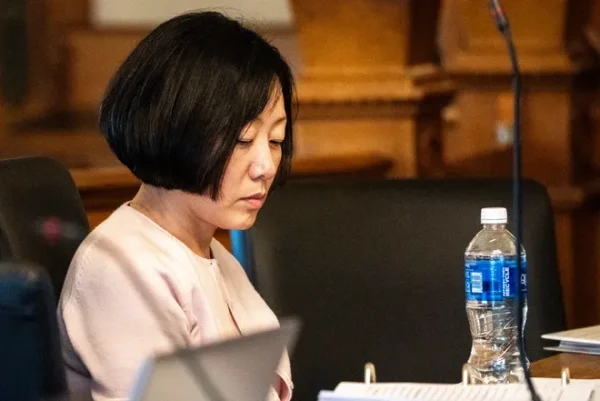Styrofoam Hurting Environment, Campus
November 6, 2010
In the fall of 2008, President Byrd signed the Presidential Climate Commitment, and Simpson became “Green” in name. The college has made many positive steps towards reaching the sustainability goals outlined in the commitment, but there seems to have been an oversight. Somehow amidst all the changes we have overlooked one of the most environmentally damaging substances: Styrofoam. It is a material which stands today as a glaring counterexample to our sustainability efforts.
What is so bad about Styrofoam?
The Polystyrene foam that Simpson uses does not biodegrade. Instead, it breaks into pieces and sits for years, often choking wildlife. The Environmental Protection Agency (EPA) and the International Agency for Research on Cancer (IARC) have identified Styrene (a major component in polystyrene) as a possible carcinogen as well has having many other minor health impacts. Styrene’s health risks are magnified when it is heated, for example in a microwave, or holding a hot liquid like coffee. In addition, Polystyrene production relies on petroleum which is a heavily polluting resource.
Polystyrene can be recycled, but rarely because it is not economically practical for recycling centers to take it. Our waste management service, McCoy Sanitation, does not recycle Polystyrene (recycling number 6).
Styrofoam is bad for our image.
According to the 2010 Princeton Review’s College Hopes and Worries Survey, 64 percent of respondents said that a school’s environmental policy would affect their decision to enroll, with the issue “very much” or “strongly” impacting 25 percent of the roughly 9,000 students surveyed.
Styrofoam is perhaps the most recognizably environmentally unfriendly material. We are taught from a young age that it is bad, (and I think) that most of the kids at Irving Elementary could tell you that too. When our college homepage displays photos of students in the grill with these cups for months, when we take prospective students on tours through the grill and feed them with our foam, they will take note. Enrollment will suffer.
The alternative is biodegradable compostable cups.
These cups will break down in natural environments and are non-toxic. Dining Services is prepared to make the shift but has yet to receive funding. The cost of the upgrade, as estimated by Blair Stairs, head of dining services, is $4,500 per semester. That’s $3.02 per student per semester based on present enrollment. Raising costs is never an attractive thing, but imagine (if) our lack of Styrofoam helps to bring one additional full tuition student to Simpson. With that increase in income we can cover our costs and may in fact be able to lower tuition.
In a country that is going increasingly green, our reliance on Styrofoam is a roadblock to both environmental and economic sensibility. It is a proven drain on our planet and a perpetuated embarrassment to the school. Simpson, please stop using Styrofoam.













